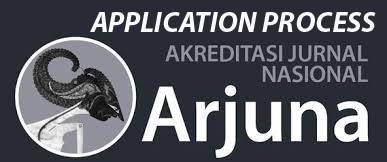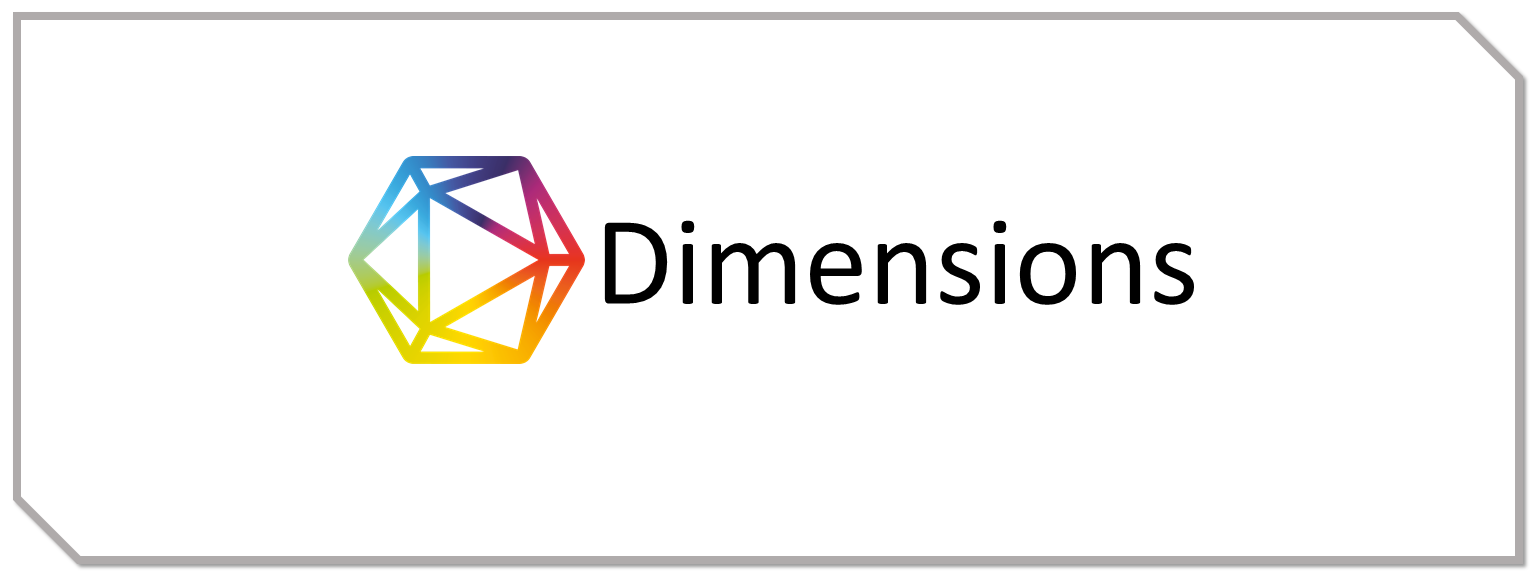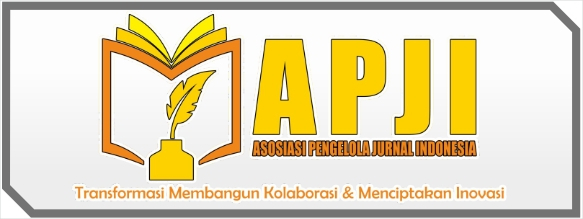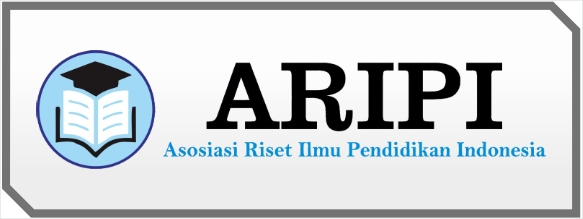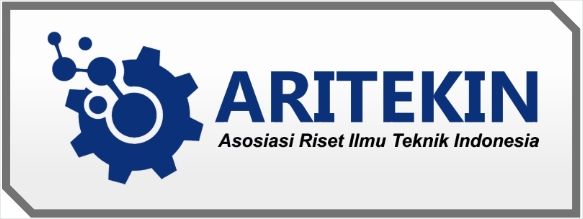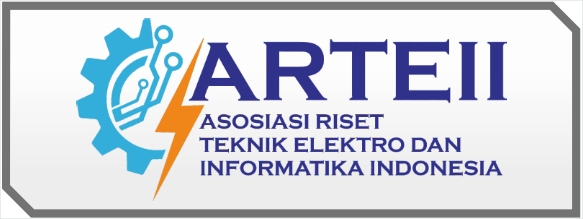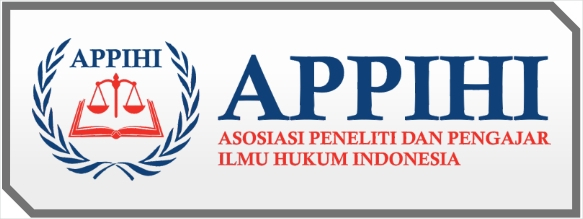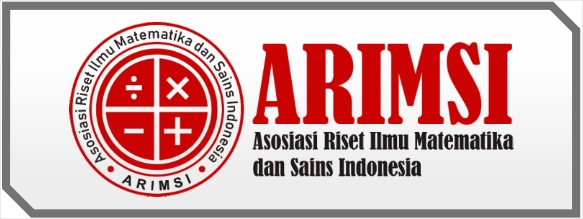Pengaruh Media Pembelajaran Ubur-Ubur terhadap Numerasi Siswa Kelas II di SDN 06 Ciputat
DOI:
https://doi.org/10.55606/sscj-amik.v3i1.4976Keywords:
Numeracy, Multiplication, Learning media, Grade II students, InteractivityAbstract
This study aims to identify the effect of “jellyfish” learning media on numeracy skills for grade II students at SDN 06 Ciputat on multiplication material. Based on initial observation early observations, students had difficulty mastering the concept of multiplication due to monotonous learning procedures and the lack of use of interactive media. The research was conducted through 4 meetings with a simple experimental approach including a pre-test, implementation of the “jellyfish” media, and a post-test to evaluate the learning outcomes. post-test to evaluate the learning outcomes. The results showed that the “jellyfish” media was able to increase students' understanding of multiplication multiplication material, as well as increasing their active involvement in the learning process. learning. The classroom atmosphere became more exciting and interactive, so that students were more focused and motivated. students are more focused and motivated. The teacher also gave a positive reaction to the use of this media, because it can facilitate the delivery of material that is often considered difficult by students. students think is difficult. This study concludes that the “jellyfish” media is jellyfish” media is efficient as a learning tool to improve the numeracy. numeracy skills of grade II students, especially in multiplication material. It is hoped that the same media can be implemented in other materials to support more creative and controversial math learning. support more creative and contextual math learning.References
Abdullah, R. (2017). Pembelajaran Dalam Perspektif Kreativitas Guru Dalam Pemanfaatan Media Pembelajaran. Lantanida Journal, 4(1), 35. https://doi.org/10.22373/lj.v4i1.1866
Efendi, U., Pangestu, D., Hariri, H., & Berlianti, R. A. (2023). Learning Environment and Learning Facilities: Numeracy Literacy for Class V Elementary School Students during the Pandemic. International Journal of Elementary Education, 7(2), 311–318. https://doi.org/10.23887/ijee.v7i2.58015
Febrianingrum, L. (2022). Peran Media Papan Perkalian Terhadap Hasil Belajar Matematika Materi Perkalian Kelas V Sd. Jurnal Pendidikan Matematika Malikussaleh, 2(2), 277. https://doi.org/10.29103/jpmm.v2i2.7985
Fitrianawati, M. (2017). Penerapan Problem Based Learning (Pbl) Dalam Meningkatkan Minat Belajar Matematika Pada Mahasiswa Pgsd Uad Semester I Th. 2016/2017. JURNAL JPSD (Jurnal Pendidikan Sekolah Dasar), 3(2), 13. https://doi.org/10.26555/jpsd.v3i2.a7358
Narlan, A., Priana, A., & Gumilar, R. (2023). Pengaruh Dryland Swimming Workout Terhadap Peningkatan Vo2Max Dalam Olahraga Renang. Journal of SPORT (Sport, Physical Education, Organization, Recreation, and Training), 7(1), 119–124. https://doi.org/10.37058/sport.v7i1.6665
Nila, K. (2008). Pemahaman konsep matematik dalam pembelajaran matematika. Prosiding SeminarNasional Matematika Dan Pendidikan Matematika, Jurusan Pendidikan Matematika Fakultas Matematika Dan Ilmu Pengetahuan Alam Universitas Negeri Yogyakarta, 229–235.
Saputro, H. B. (2018). Pengembangan Modul Matematika Dengan Pendekatan Kontekstual Pada Materi Bangun Ruang Sisi Lengkung Untuk Mahasiswa Pgsd Uad. JURNAL JPSD (Jurnal Pendidikan Sekolah Dasar), 5(2), 52–61. http://download.garuda.kemdikbud.go.id/article.php?article=925135&val=7241&title=PENGEMBANGAN MODUL MATEMATIKA DENGAN PENDEKATAN KONTEKSTUAL PADA MATERI BANGUN RUANG SISI LENGKUNG UNTUK MAHASISWA PGSD UAD
Sidik, F. (2020). ACTUALIZATION OF THE JEAN PIAGET COGNITIVE DEVELOPMENT THEORY IN LEARNING. JURNAL PAJAR (Pendidikan Dan Pengajaran), 4. https://doi.org/10.33578/pjr.v4i6.8055
Sugiyono. (2020). Metodologi Penelitian Kuantitatif, Kualitatif dan R & D.
Tampubolon, P. T. (2016). Penerapan Model Pembelajaran Matematika Realistik Indonesia Untuk Meningkatkan Aktivitas Dan Hasil Belajar Siswa Kelas IV SD. Jurnal Pendidikan Guru Sekolah Dasar, 1(1), 190–198.
Vince Geiger, M. G. & H. F. (2015). A rich interpretation of numeracy for the 21st century: a survey of the state of the field. ZDM – The International Journal on Mathematics Education, 47(it seems like the issues addressed could involve several aspects of numeracy in the 21st century), 531–548.
Wahyu Adinda, D., Nurhasanah, N., & Oktaviyanti, I. (2022). Profil Kemampuan Numerasi Dasar Siswa Sekolah Dasar Di SDN Mentokan. Jurnal Ilmiah Profesi Pendidikan, 7(3), 1066–1070. https://doi.org/10.29303/jipp.v7i3.700
Yip, F. W. M., & Kwan, A. C. M. (2006). Online Vocabulary Games as a Tool for Teaching and Learning English Vocabulary. Educational Media International, 43(Numerasi), 233–249.
Downloads
Published
How to Cite
Issue
Section
License
Copyright (c) 2024 Student Scientific Creativity Journal

This work is licensed under a Creative Commons Attribution-ShareAlike 4.0 International License.


